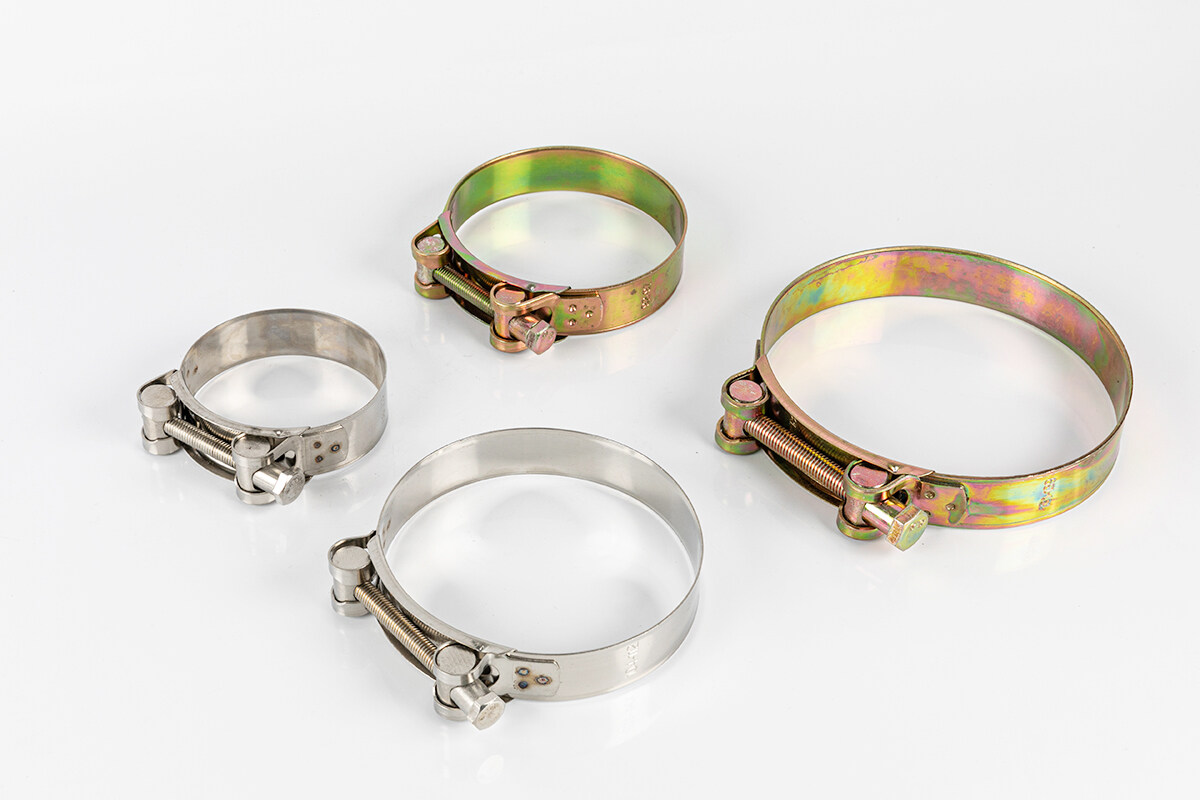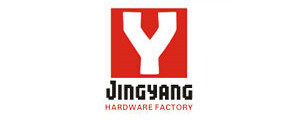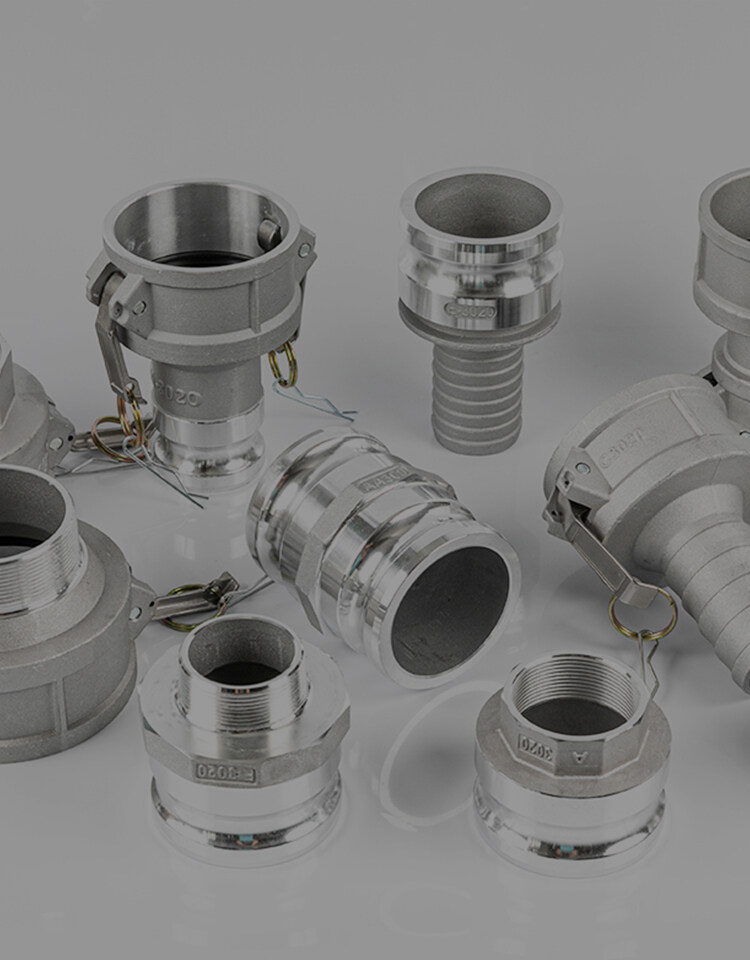Erreur de format d'e-mail
emailCannotEmpty
emailDoesExist
pwdLetterLimtTip
inconsistentPwd
pwdLetterLimtTip
inconsistentPwd

Nouvelles
Ici, vous pouvez décrire un morceau de texte que vous souhaitez exprimer

The Comprehensive Guide to China Single Ear Hose Clamp: Durability and Efficiency in One
When it comes to securing hoses in various applications, the China single ear hose clamp stands out as a reliable and efficient solution. Known for its durability and ease of use, this type of clamp has become a staple in industries ranging from automotive to agriculture. In this comprehensive guide, we will delve into the world of China single ear hose clamps, exploring their features, benefits, and the expertise of manufacturers behind these essential components.
Understanding China Single Ear Hose Clamps:
China single ear hose clamps are designed to provide a secure and leak-proof seal by clamping hoses onto fittings. These clamps are characterized by a single ear that, when crimped, exerts uniform pressure around the circumference of the hose, ensuring a tight fit. The simplicity of their design makes them a popular choice for both professionals and DIY enthusiasts.
The Manufacturing Excellence of China Hose Clamps:
China has established itself as a leader in the hose clamp manufacturing industry. The country’s manufacturers are known for their commitment to quality and innovation. China hose clamps are produced using state-of-the-art technology and rigorous quality control measures, ensuring that each clamp meets international standards.
The Strength of China Steel Hose Clamp:
Among the various materials used for hose clamps, steel stands out for its strength and corrosion resistance. China steel hose clamp manufacturers utilize high-grade steel to craft clamps that can withstand harsh environments and high-pressure applications. These clamps are ideal for scenarios where durability is paramount.
The Versatility of Rubber Hose Clamp Manufacturer:
Rubber hose clamps are another variant that offers flexibility and vibration dampening properties. Rubber hose clamp manufacturers in China have perfected the art of creating clamps that can adapt to different hose diameters and provide a secure seal without damaging the hose material.
The Precision of SS Hose Clamp Manufacturer:
Stainless steel hose clamps are renowned for their resistance to rust and corrosion. SS hose clamp manufacturers in China produce a wide range of stainless steel clamps that are suitable for marine, food processing, and medical applications, where hygiene and longevity are crucial.
The Specialty of China Ear Hose Clamp:
The China ear hose clamp is a specialty product that caters to specific needs. Its unique design allows for quick and easy installation, making it a go-to choice for applications where time and efficiency are of the essence. These clamps are also reusable, adding to their cost-effectiveness.
Applications and Industries:
China single ear hose clamps are versatile components used across a wide array of industries. Their primary function is to secure hoses onto fittings, ensuring a tight and leak-proof seal. Below, we explore the various applications and industries where these clamps are indispensable.
Automotive Industry:
In the automotive sector, China single ear hose clamps are used extensively to secure coolant hoses, fuel lines, and air intake systems. They are favored for their ability to withstand the high temperatures and pressures found in vehicle engines.
Agriculture and Farming:
Agricultural machinery relies on these clamps to maintain the integrity of hydraulic systems, irrigation lines, and fuel hoses. The durability of China single ear hose clamps ensures that they can endure the demanding conditions of farming environments.
Marine Applications:
The marine industry requires hose clamps that can resist corrosion from saltwater. China single ear hose clamps made from stainless steel are often used in this context to secure hoses on boats and ships, preventing leaks even in the harshest marine conditions.
Food and Beverage Processing:
In food and beverage processing, hygiene and cleanliness are paramount. Stainless steel China single ear hose clamps are used because they do not rust and can be easily sanitized, making them ideal for applications involving food-grade hoses.
Pharmaceutical and Medical:
Similar to the food industry, the pharmaceutical and medical sectors require hose clamps that meet strict hygiene standards. They are used in the manufacturing of medical devices and equipment where precision and reliability are critical.
Construction and Industrial:
In construction and industrial settings, hose clamps must be robust enough to handle heavy-duty applications. They are used to secure air and water hoses, as well as in pneumatic and hydraulic systems where a secure connection is essential.
Home and Garden:
For DIY enthusiasts and homeowners, they are handy for a variety of home and garden tasks. They are commonly used in garden hoses, washing machine hoses, and in home plumbing repairs.
Heating, Ventilation, and Air Conditioning (HVAC):
HVAC systems require reliable hose connections to prevent leaks of refrigerants and other fluids. They are used to secure these connections, ensuring the efficient operation of heating and cooling systems.
Installation and Best Practices:
Proper installation is crucial to ensure their effectiveness and longevity. Here are detailed instructions and best practices for installing these clamps:
Preparation:
Select the correct size clamp for the hose and fitting you are working with. The clamp should fit snugly over the hose without being too tight or too loose.
Ensure that the hose and fitting are clean and free from debris. Any contamination can compromise the seal.
Installation Steps:
Slide the China single ear hose clamp onto the end of the hose before attaching the hose to the fitting.
Push the hose onto the fitting until it reaches the base or as far as required.
Position the clamp at the correct distance from the end of the hose, typically 1/4 inch (6mm) to 3/8 inch (10mm) from the end.
Use a specialized ear clamp pincer tool to crimp the ear of the clamp. The tool should be perpendicular to the ear to apply even pressure.
Crimp the ear by closing the pincer tool until the ear is completely closed. This will provide a uniform compression around the hose.
Best Practices:
Do Not Over-Tighten: Over-crimping the ear can damage the clamp and the hose, leading to failure. Ensure that the ear is closed firmly but not excessively.
Check for Secure Fit: After installation, tug gently on the hose to ensure that it is secure and will not detach from the fitting.
Inspect for Damage: Look for any signs of damage to the hose or clamp after installation. If the clamp has cut into the hose, it may need to be repositioned or replaced with a larger size.
Use the Right Tool: Always use the correct pincer tool designed for single ear hose clamps. Using pliers or other tools can result in uneven pressure and an unreliable seal.
Follow Manufacturer Guidelines: Adhere to any specific instructions provided by the clamp manufacturer, as there may be slight variations in installation techniques.
Regular Maintenance: Periodically check the condition of the clamp and hose to ensure they remain secure. Vibration and changes in temperature can affect the integrity of the seal over time.
Safety First: When working with hoses that carry hazardous materials, take appropriate safety precautions to prevent injury or spills.
Choosing the Right Clamp for Your Needs:
Selecting the appropriate China single ear hose clamp for your specific application is essential to ensure a secure connection and prevent potential issues. Here are key factors to consider when choosing the right clamp:
1. Hose and Fitting Size:
Measure the outside diameter of the hose and the fitting to determine the correct clamp size.
Ensure the clamp’s diameter range matches the hose’s outside diameter for a snug fit.
2. Material Compatibility:
Match the clamp material with the hose and fitting materials to prevent galvanic corrosion.
Stainless steel clamps are ideal for corrosive environments and applications requiring high durability.
3. Operating Environment:
Consider the environmental conditions, such as temperature extremes, exposure to chemicals, UV radiation, and moisture.
For marine or outdoor applications, opt for clamps with superior corrosion resistance, like 316 stainless steel.
4. Pressure Requirements:
Check the pressure rating of the hose and ensure the clamp can withstand the system’s operating pressure.
High-pressure applications may require clamps with higher tensile strength.
5. Installation and Accessibility:
Consider how easy it is to access the area where the clamp will be installed.
Tight spaces may require clamps that are easier to install with limited visibility or maneuverability.
6. Reusability and Adjustability:
Determine if the clamp needs to be adjustable or reusable for your application.
Some clamps are designed for one-time use, while others can be adjusted or reused.
7. Certification and Standards:
Ensure the clamp meets any required industry standards or certifications, such as ISO, DIN, or SAE.
Compliance with standards is often necessary for critical applications and industries.
8. Manufacturer Reputation:
Choose clamps from reputable manufacturers known for quality and reliability.
Research the manufacturer’s history, customer reviews, and product warranties.
9. Cost Considerations:
While cost should not be the only factor, it is important to consider the price in relation to the clamp’s quality and lifespan.
Investing in higher-quality clamps can save money in the long run by reducing maintenance and replacement costs.
10. Expert Advice:
If unsure, consult with experts or the clamp manufacturer for recommendations based on your specific needs.
Technical support from the manufacturer can provide valuable insights into the best clamp for your application.
Maintenance and Troubleshooting:
Regular maintenance and timely troubleshooting are key to ensuring the longevity and effectiveness of China single ear hose clamps. Here are some maintenance tips and common troubleshooting advice to help you keep your hose clamps in top condition.
Maintenance Tips:
Regular Inspection: Periodically inspect hose clamps for signs of wear, corrosion, or damage. Check for cracks in the clamp’s ear or signs of deformation that could indicate over-crimping or excessive force.
Cleanliness: Keep the clamps clean, especially in environments where they are exposed to dirt, debris, or corrosive substances. Cleaning helps prevent corrosion and maintains the integrity of the clamp.
Tightness Check: Ensure that the clamps remain tight and secure. Over time, hoses can compress or expand due to temperature changes or pressure fluctuations, which may require re-tightening of the clamps.
Replacement Schedule: Establish a schedule for replacing hose clamps, especially in critical applications where failure could lead to significant consequences. Replace any clamps that show signs of deterioration or damage.
Lubrication: In some cases, applying a thin layer of lubricant to the clamp can help protect against corrosion and make future adjustments or removal easier.
Troubleshooting Common Issues:
Leaks at the Connection: If a leak is detected near a hose clamp, first check if the clamp is properly positioned and tightened. If the clamp is loose, re-crimp it or replace it if necessary. Also, inspect the hose and fitting for damage.
Corrosion of the Clamp: In cases where a clamp has corroded, it’s important to replace it immediately to prevent failure. Consider using a clamp made from a more corrosion-resistant material if the environment is causing the issue.
Difficulty in Removing the Clamp: If a clamp is difficult to remove due to corrosion or damage, carefully cut it off without damaging the hose. Use a specialized tool designed for cutting hose clamps, and take precautions to avoid injury.
Clamp Slipping Off: If a clamp slips off the hose, it could be due to incorrect sizing or a worn-out hose. Measure the hose’s diameter again and choose the correct clamp size. Replace the hose if it has lost its elasticity or integrity.
Damaged Hose from Clamp: If the hose is damaged by the clamp (e.g., cuts or indentations), the clamp may have been over-tightened or the wrong size may have been used. Replace the damaged hose and ensure that the new clamp is the correct size and properly installed.
Conclusion:
China single ear hose clamps represent a perfect blend of simplicity, efficiency, and reliability. Whether you are a professional mechanic, an industrial operator, or a home DIY enthusiast, understanding the nuances of these clamps is key to achieving secure connections in your projects. With this guide, we hope to have provided valuable insights into the world of China single ear hose clamps, empowering you to make informed decisions and utilize these essential components to their fullest potential.

